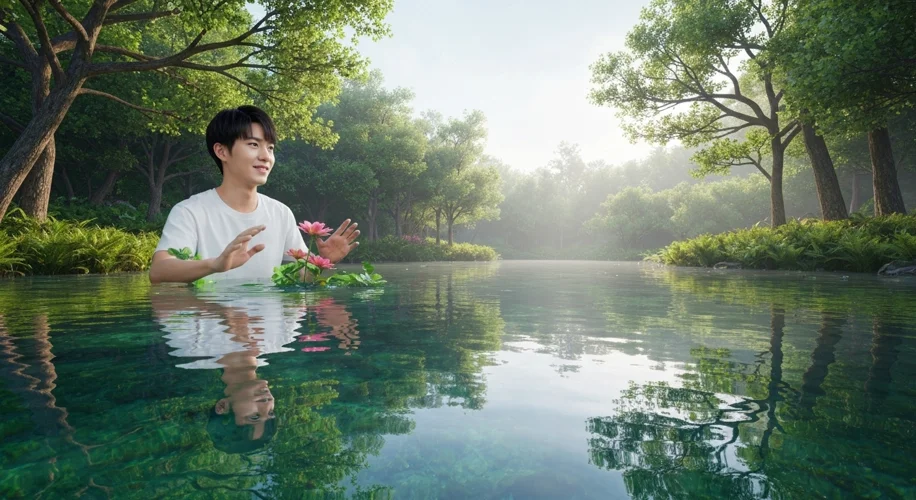Alright, let’s talk about VR. Specifically, the kind of VR that makes you feel like you’ve stepped into a postcard. We’re all chasing that ultra-realistic, eye-candy experience in virtual reality, right? The kind where the visuals are so good, you forget you’re wearing a headset.
Lately, I’ve been diving into games that lean heavily into this. It’s not always about intense action or complex mechanics. Sometimes, it’s just about exploring a beautifully crafted world. Think serene landscapes, breathtaking vistas, and environments that feel truly alive. The tech behind this is pretty wild. We’re talking about advances in rendering, detailed textures, and sophisticated lighting that mimic real life. It’s getting to the point where distinguishing between a real-world view and a VR scene can be seriously difficult.
One of the biggest pushes for this level of realism comes from developers who are really focusing on ‘visual fidelity.’ This means they’re putting a ton of effort into making every detail pop. From the way light reflects off water to the intricate patterns on a leaf, it all adds up to a much more immersive experience.
And it’s not just about looking good. These serene experiences can be incredibly relaxing. After a long day of coding or dealing with, you know, life, strapping on a headset and just wandering through a peaceful forest or along a tranquil coastline is actually pretty therapeutic. It’s a mental escape that feels incredibly real because the visuals are so convincing.
We’re seeing games that are less about high scores and more about the journey. Exploration is key. You might find yourself climbing a virtual mountain, exploring ancient ruins, or even just tending to a virtual garden. The goal is to create a sense of presence and wonder, and the photorealistic graphics are a huge part of that.
As someone deep in computer engineering, it’s fascinating to see how AI is starting to play a role in generating these incredibly detailed environments. Procedural generation powered by AI can create vast, unique worlds that would be impossible to hand-craft. Machine learning is also helping to optimize rendering, making those complex scenes run smoothly even on our current hardware.
So, while the adrenaline-pumping VR titles are awesome, don’t sleep on the games that offer a more tranquil, visually stunning experience. They’re a testament to how far VR technology has come and offer a different, but equally compelling, way to enjoy virtual reality. It’s a beautiful blend of art and tech, and I’m excited to see where it goes next.

